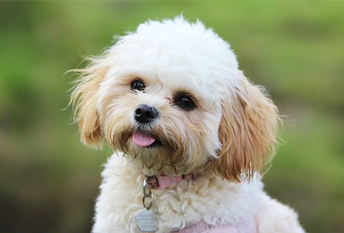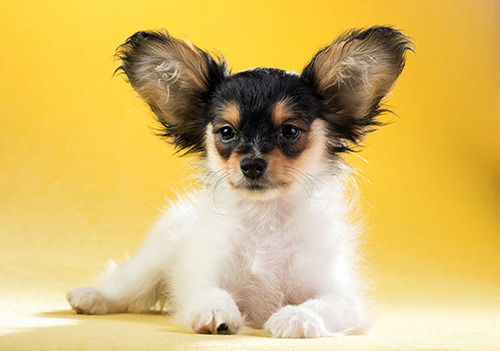Papillons were originally bred as charming and attentive companions for noblewomen, and for hundreds of years these enchanting lap warmers were great favorites in the royal courts of Europe.
They appear in many portraits of long-ago queens and princesses painted by Europe’s most renowned artists. Rubens, Rembrandt, Goya, and Toulouse-Lautrec are among the masters who included Papillons in their paintings. Paps were developed in Renaissance times by crossing existing toy breeds with spaniels (the breed’s early ancestors were known as “dwarf spaniels”) in keeping with the era’s mania among nobles for miniaturized versions of their favorite breeds.
The sporting-spaniel blood in the Pap’s background might explain why these dainty dynamos are among the more athletic and biddable toy dogs in the canine kingdom. With admirers like Madame de Pompadour, Louis XIV, and Marie Antoinette (whose Pap, named Thisbe, stood faithfully outside the prison where the hapless queen awaited beheading), the breed’s French connection is strong. But it was in the early breeding centers of Italy and Spain that Paps were refined and popularized. The AKC registered its first Papillon in 1915.










